Varieties and principle of operation of wall fans
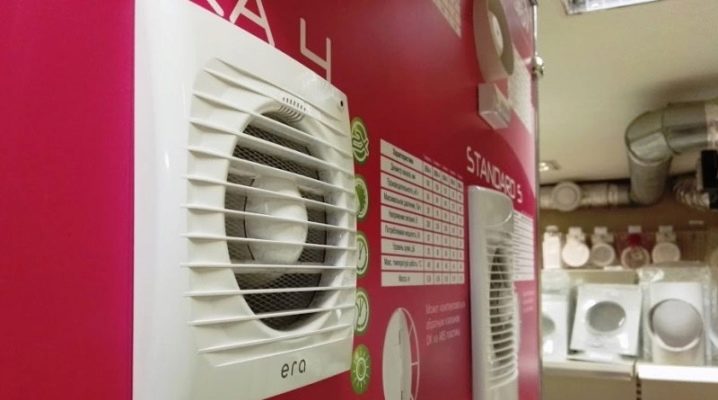
You can find many publications that explain why ventilation is needed in a house or apartment. A number of companies are also trying to use such materials to promote their products. But consumers need more objective and accurate information on purely practical, technical issues.
Peculiarities
A wall fan is required as an integral part of climate and ventilation systems. You can orient it:
- horizontally;
- vertically;
- at a given angle.
Professionals believe - and practice confirms this opinion - that such devices are harmoniously combined with supply and exhaust systems. Thanks to them, it is possible to install ventilation systems directly under suspended ceilings. Moreover, the value of wall fans also lies in the fact that they allow mounting not one general direction, but a set of local branches. As a result, the total length of the airways is shrinking.
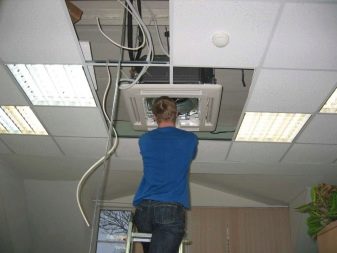

Where it can be used
Wall-mounted fans can be both domestic and industrial in their intended purpose. In the residential sector, such structures are used mainly for forced air evacuation. Installation is carried out in special channels, and this approach is optimal:
- In bathroom;
- in the kitchen;
- in a toilet or a combined bathroom.

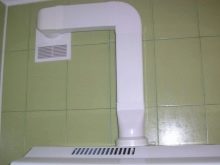
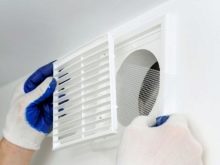
Unlike those used in the home, industrial wall fans are designed to provide fresh air over a large area. Good motives for purchasing and installing ventilation equipment will be:
- bad smell in the house;
- weakness of natural cravings;
- overflow of ventilation shafts with various inclusions;
- complete absence of air intake on the inflow.
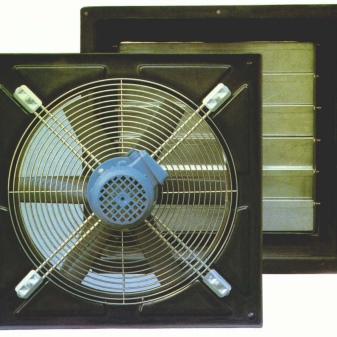

Selection tips and varieties
Fans that are mounted on the wall, from the point of view of the consumer, are divided into two subgroups - with and without a control panel. It is not difficult to understand which option is the most convenient in practice. But, in addition to this division, there are other points that professionals recommend paying attention to. They distinguish axial and centrifugal models, the difference between which is very large. Centrifugal devices work by drawing air into the opening of the apparatus, from where it passes into the gap dividing the wheel blades.
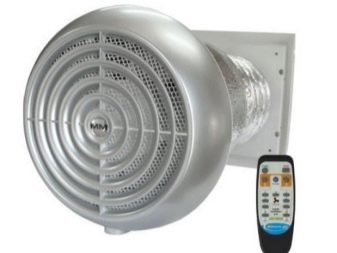

Further, the centrifugal force (just giving the name to the system) throws the air mass to the exit point. Such systems are invariably driven by an electric motor. If the blades on the wheels are bent back, the total current consumption is reduced, and overloading by air flow is eliminated.
But some consumers prefer the less noisy version with the opposite direction of the blades. Also, such structures have a smaller moving wheel, which means the device itself.
All centrifugal fans, on average, outperform similarly priced products of other types in their performance. Therefore, the air will be guaranteed to be cooled in a short time in any room. Manufacturers have mastered the production of ventilation devices of different appearance and characteristics. But you can better understand their features if you compare them with axial structures. It is the axial type of ventilation that is considered the best choice where the pressure is low and the air flow rate is high.
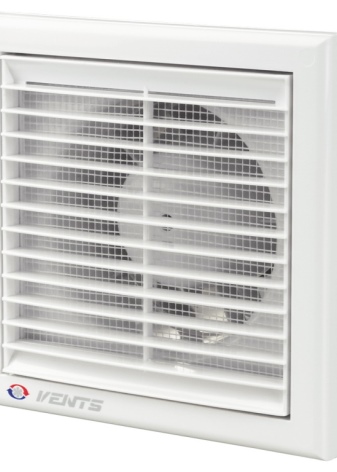

Centrifugal structures, in contrast, certainly require the use of air ducts.In the selection process, you will have to take into account the level of aerodynamic resistance and the required pressure at the inlet to the pipeline. With regard to such advantages as increased resistance to heat, corrosive media and contamination - this is especially important for the industry. On the other hand, a pendant-mounted axial fan is much better suited when the load can vary significantly. Comparison in terms of sound volume shows fairly close positions, however, if centrifugal systems create noise in the lower frequencies, then the bulk of the energy of the axial devices falls on the middle range.
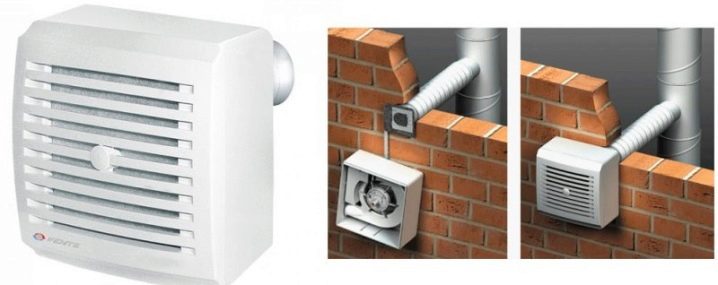
It is necessary to use the exhaust type of centrifugal fans only where the air is guaranteed not to warm up to more than 55 degrees. Fastening is done strictly from the outside. For residential premises, the installation of medium pressure devices is recommended.
Of course, regardless of the type of apparatus, it is necessary to assess its performance: it must (minus losses during air movement) ensure that the environment in the room meets hygienic indicators.
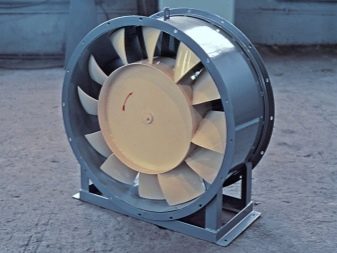

As for the silent wall fans, they are quite real and exist not only in advertising, as it might seem. Moreover, such devices are more economical. No wonder, because extraneous sound is also a useless waste of working energy. Usually, silent fans are of the duct type, which requires careful assessment of their compliance with already prepared ducts.
Reading reviews about any model of ventilation equipment, you need to pay attention to:
- ease of installation and management;
- price level;
- the intensity of vibration and / or noise;
- lifetime;
- features of routine maintenance.
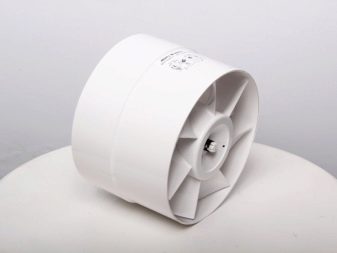
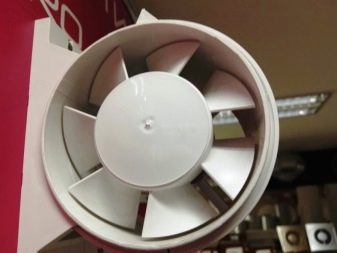
Round axial fans are capable of performing the task for a long time. They fit very well in typical air ducts and are reasonably cooled. But the intensity of the sound is sometimes too high. The diagonal version is less "loud", and the specific way of blowing the power drives allows more air to be pumped at the same current consumption.
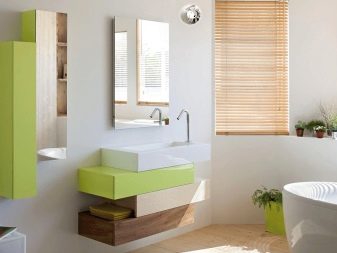
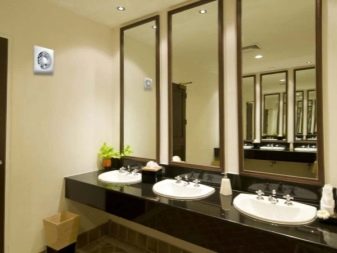
Important: all bathroom fans must be IP24 or higher.
Watch a video on the topic.













The comment was sent successfully.